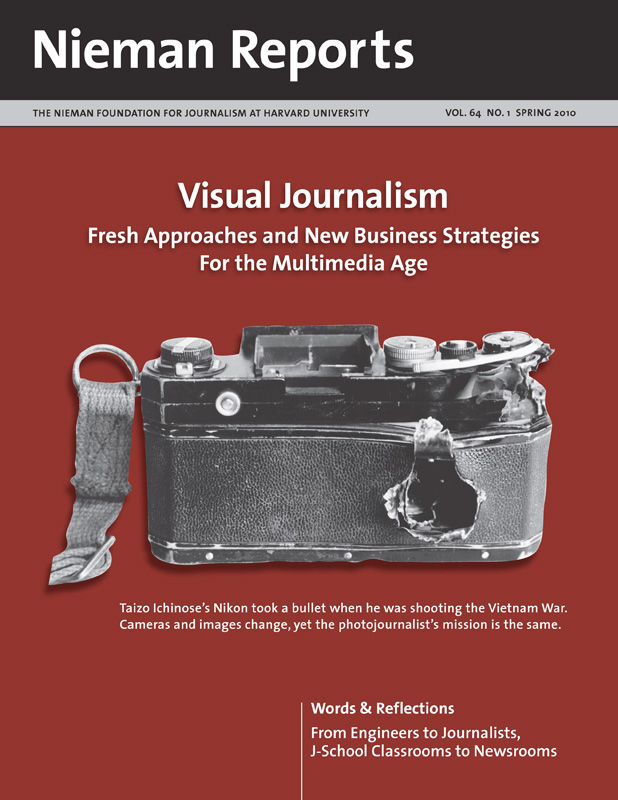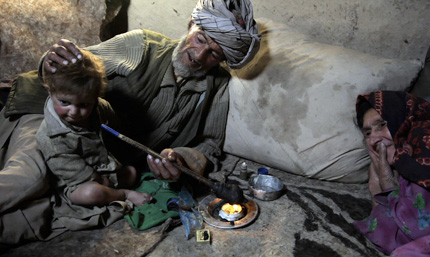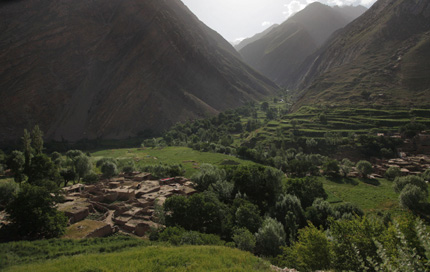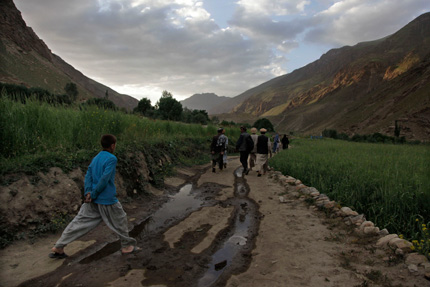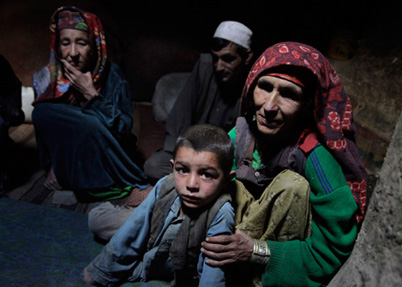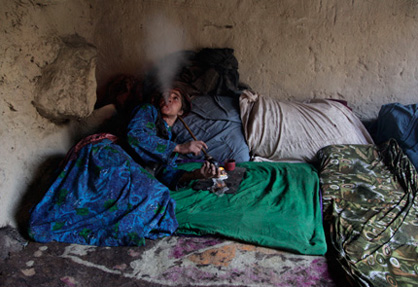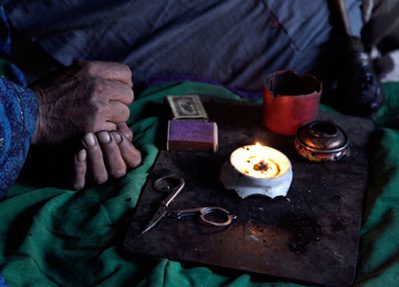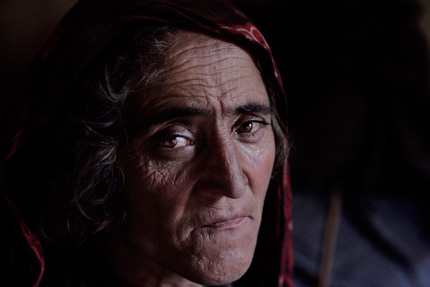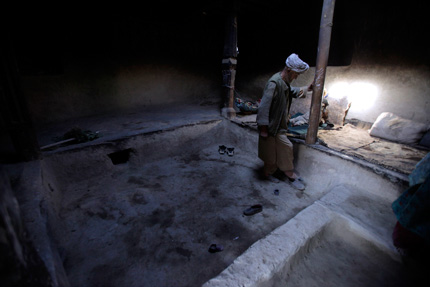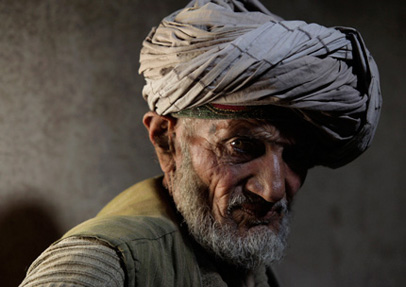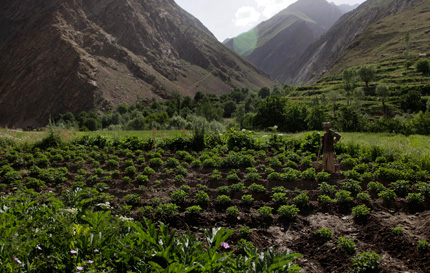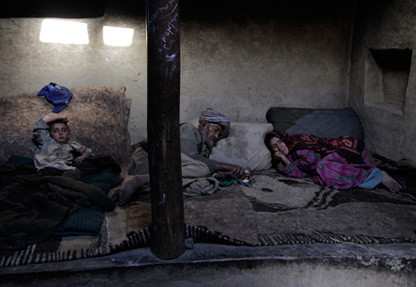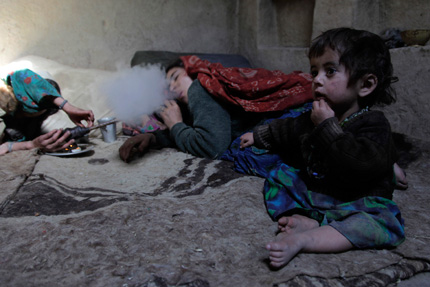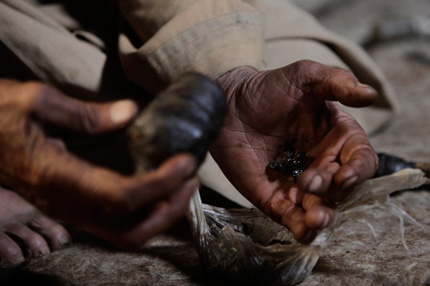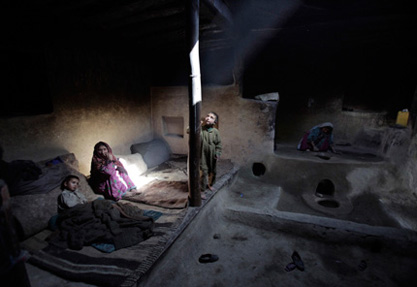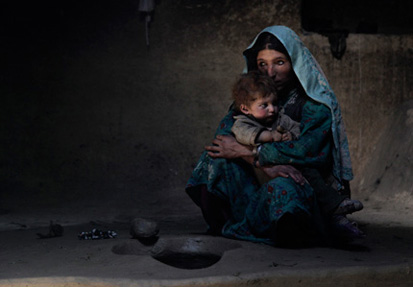“Video” was once a four-letter word to me. I’m a photographer, and the line in the sand was distinct:RELATED ARTICLES
“The Camera—It’s Only the Starting Point to Change”
– Santiago Lyon
“Gift of Training + Shift in Newsroom Thinking = Multimedia Storytelling”
– Evan Vucci The still image was sacred to me, and I would never cross to the other side. But in 2005 I realized the industry was changing, and if I was to remain viable as a visual journalist, I had to become familiar with this apparently favored format of the future. With video training at The Associated Press (AP) and a Platypus Workshop, I discovered how much I enjoy being able to choose which format would best serve the story I was telling.
The line in the sand suddenly softened.
Since picking up a video camera three years ago for The AP, I have been RELATED ARTICLE
Watch Julie Jacobson’s video about opium addiction in Afghanistan »fortunate enough to choose to shoot just video or just stills, but never both at the same time. But when I traveled to Afghanistan last summer, the story I was doing on opium addiction compelled me to attempt using both. Last year’s introduction of the Canon EOS 5D Mark II DSLR with HD video capabilities gave me some hope of success. Yet the idea of using frame grabs from the video was not a good option; I find them unreliable, especially in low-light conditions.
In Afghanistan, the process of storytelling became daunting. As any photographer knows, shooting stills and video simultaneously—and doing it well—is next to impossible. Whether attempting stills and video with one hybrid camera or with two separate cameras, the layers needed to capture the story are placed or pieced together differently. In a still photo, I am looking for the decisive moment, a suspended moment in time layered with the right light, composition and other contributing factors to tell the story in one frame. With video, one shoots these pieces separately as a sequence of actions and adds audio to carry the viewer from a beginning to an end. For a still photo there is no beginning or end. It’s timeless. I may wait several minutes or hours for all the necessary elements to come together into one photo. When shooting video, I need those same minutes or hours to shoot multiple “images” or clips to string together into the same story.
So when trying to attempt both at the same time, I will compromise the quality of one or the other medium because I’m concentrating my efforts differently. If I stay and wait for the decisive moment for a single frame, then I end up neglecting to collect all the necessary clips for video. If I’m running around collecting clips for video, then I risk missing that specific moment for a strong still photo.
While I have yet to discover an ideal way to shoot stills and video simultaneously, this experience convinced me that with this camera it is possible to do it to a good degree of satisfaction. Of course, some stories are easier to execute in this way than others. Going through this trial by fire in Afghanistan I adopted these guidelines:
- Some moments should be captured in photographs only. With those, be true to your photography and don’t worry about video.
- Remain as true to your photography while capturing video imagery. Make good “pictures” in your video.
- Some moments and events clearly call for video. But it isn’t possible to be everywhere and to get everything, so don’t try.
- When shooting stills and video, anticipate moments carefully. If they’re not there or time doesn’t permit, then make sure to be complete in shooting only one or both will suffer.
Now I approach more stories with the intent of using both stills and video. The line in the sand has almost vanished, and I find myself a more complete journalist.
Julie Jacobson is a photographer with The Associated Press.


